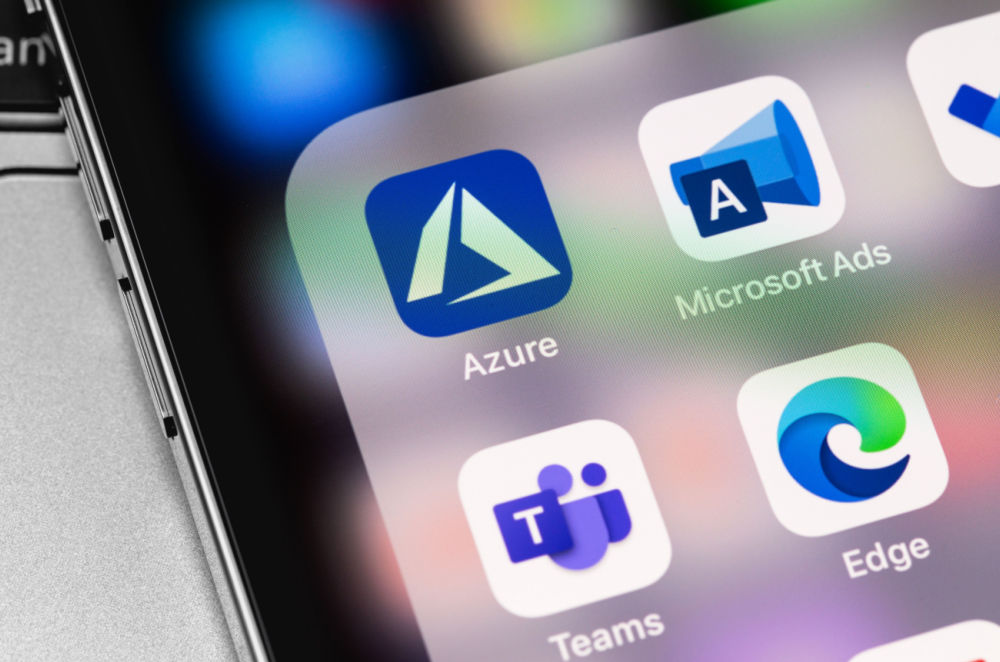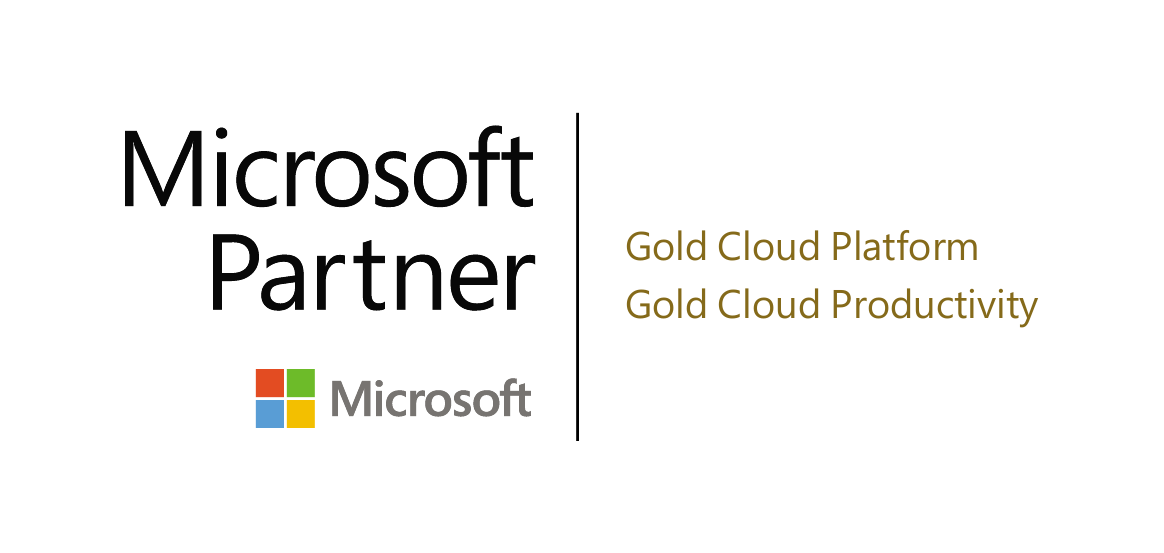
Very little can be said with certainty these days, beyond that we appear to be heading into a period of prolonged economic volatility. On March 19th, 2020, Bank of America’s top economist stated that the U.S. economy had entered a recession. Yet, between March 23rd and 27th, the Dow rallied to such a degree that it re-entered bull market territory.
With so little known at this point about the full impact of the novel coronavirus COVID-19 or its broader economic implications, companies are wise to be cautious with their spending in all areas. But taking a conservative stance doesn’t have to mean halting innovation or putting vital IT projects on hold. It is possible to reduce IT costs without compromising ongoing development initiatives.
To that end, CloudServus and Simpat Tech have partnered to provide a full spectrum of services to help customers modernize and implement some cost-saving measures. We’ve also put together guidance from Ashish Patel, Co-Founder of Simpat Tech, and Dave Rowe, President and Founder of CloudServus that should be useful whether your company has already been impacted by changing market conditions or whether you’re simply planning ahead for a leaner future.
Ashish Patel, Founder of Simpat
Plenty of organizations think of cutting costs as something you do reactively by slashing expenditures after budgets are cut. But there are plenty of proactive cost savings approaches you can take as well, and having a partner like Simpat can help you identify which of these opportunities are relevant to your company.
For instance, investing in user experience at the start of building a new solution helps reduce overall costs by facilitating faster adoption, greater productivity, less training, and less rework. Investing the time and resources to establish a strong UX may seem wasteful when viewed in absolute dollars and cents, but taking the bigger picture into account reveals tremendous cost-savings potential.
Other similar opportunities include:
- Deploying your application to take advantage of PaaS (platform as a service). That way, you’ll be able to scale your application up or down, based on demand.
- Analyzing how your application accesses its database. Typically, the database represents the largest cost of an application in the cloud. Working with an experienced partner can help you analyze how your application accesses the database in order to make modifications to the application and the database itself so that it’ll run more efficiently, ultimately reducing cost.
- Building a virtual bench of cloud-specific developers can help you scale up and down as the business needs, while also enabling you to pass on development knowledge to in-house developers in the future.
- Learning in Parallel to take advantage of cloud-based development tools and technology that’ll further your development and application goals.
- Implementing a professional DevOps infrastructure – a pipeline of automated unit, integration and functional testing that’ll raise issues in code logic without spending budget on large teams of QA engineers. Catching defects and regression defects early can save a lot of money compared to finding them later in the process.
- Working in a true Agile approach, where the end client can see results and value early on, allowing them to adapt to any business needs changes. While a true Agile approach may be difficult to implement upfront, a strong partner can help guide you through a hybrid approach that’ll give you the cost benefits of having some Agile, without the cost of reorganizing business process.
As a provider that blends onshore and nearshore development, Simpat is ideally positioned as a lower-cost development center to support companies in these objectives without sacrificing quality.
Dave Rowe, President and Founder of CloudServus
The cloud has revolutionized the way we provision and utilize resources to run our IT infrastructure and applications, but it also makes it easy to overspend in a Pay-as-you-Go (PAYG) model.
That’s understandable, as your team is focused on running the tools and applications necessary to keep your business operational. But that’s also why it makes sense to have a partner who’s focused on leveraging and optimizing the limitless number of tools that become available in the cloud daily. Working together, we can quickly identify areas of waste and put a plan together to minimize it, often cutting Azure spend by as much as 30-40%.
Working with a qualified partner can also help you set the proper permissions and governance, so that you limit technology sprawl (and the corresponding cost) in the cloud. Most companies don’t take the time to define that governance model to ensure the proper permissions and process are in place in order to control costs. But it’s not as hard as you might think, and it almost always saves more to implement these changes than the effort costs.
A few specific areas you may want to explore include:
- Conducting a thorough licensing review. In Microsoft 365, that means right-sizing your licenses through CSP. In Azure, it’s about making use of reserved instances.
- Assessing your resources in use. In a Microsoft 365 environment, we’re going to be looking at things like user account access, assigned licenses, and services in use per user. For Azure clients, we’d suggest checking for proper resource sizing, unused resources, unused resource groups, and proper storage usage.
- Setting up DevTest labs, as well as shutdown automation, which can automatically turn off resources when they aren’t in use (further reducing your costs).
- Reviewing your existing governance and organization of resources. This may include deploying a least privileged model to prevent technology sprawl, as well as setting up billback by application or department.
Other ways that the CloudServus team can help companies navigate these challenging times include on-demand staffing, Microsoft Teams meetings (including VoIP calling and dial-in), security and compliance services, device management and deployment, virtual desktops, and virtual CIO services encompassing assessment, planning, and strategy.
CloudServus provides professional consulting and managed services for your on-premises and cloud infrastructure strategy. An Austin, Texas-based company, our foundation is based in years of Microsoft on-premises implementations. Let us help you navigate this cloud-first focus of Microsoft: on-premises, hybrid, or cloud. Trusted Team. Powerful Results.
Simpat is an Austin, Texas-based custom software consulting company with a state-of-the-art software delivery center in Monterrey, Mexico made up by a team of innovative software professionals who thrive on solving our clients’ most complex challenges and mission-critical goals. Through our high level experience and strategic vision, we create successful, simple and manageable software experiences.





